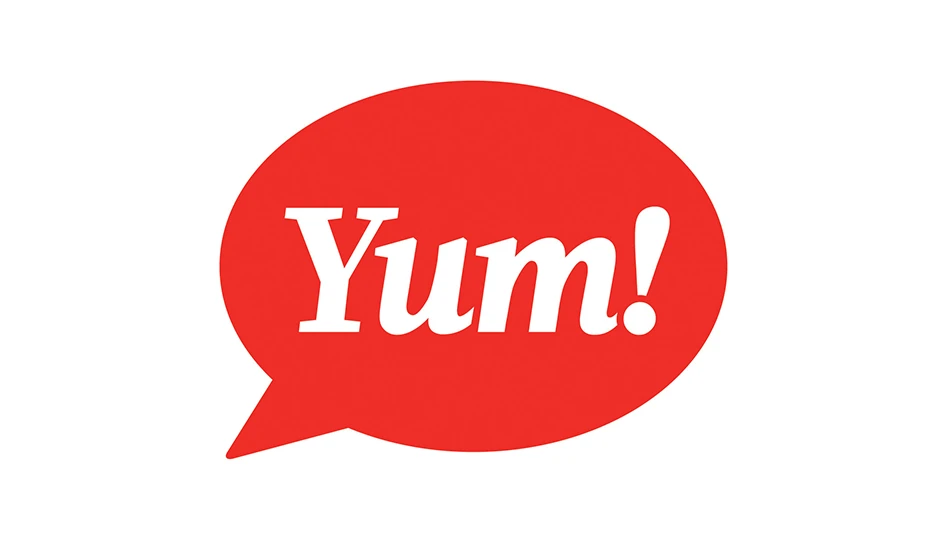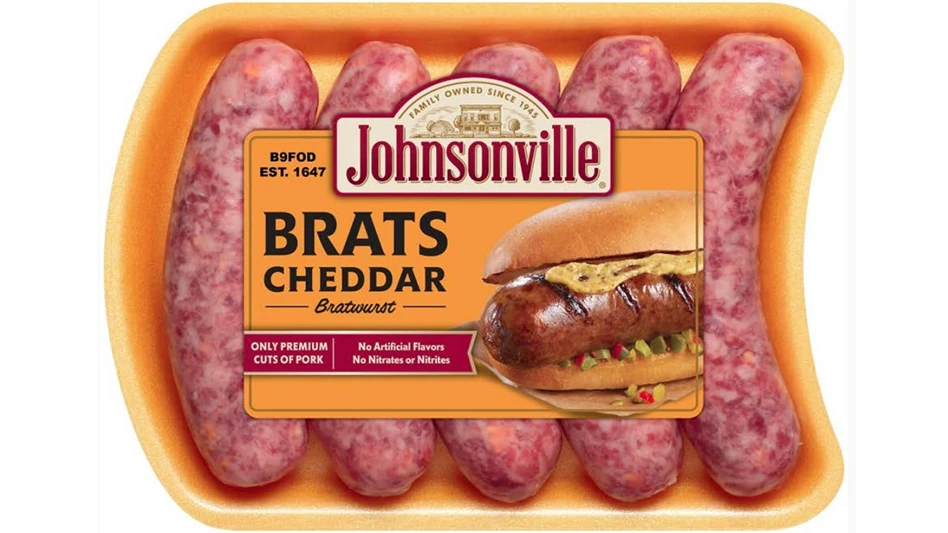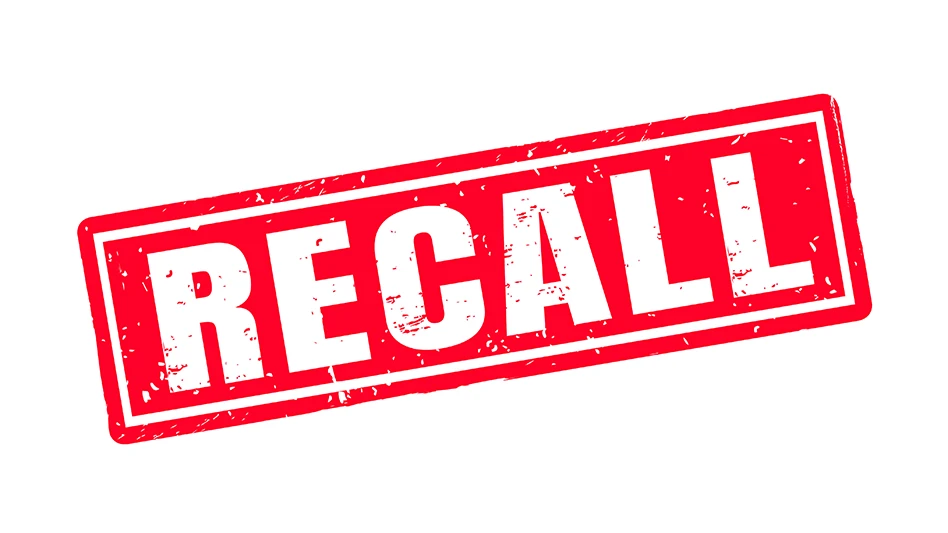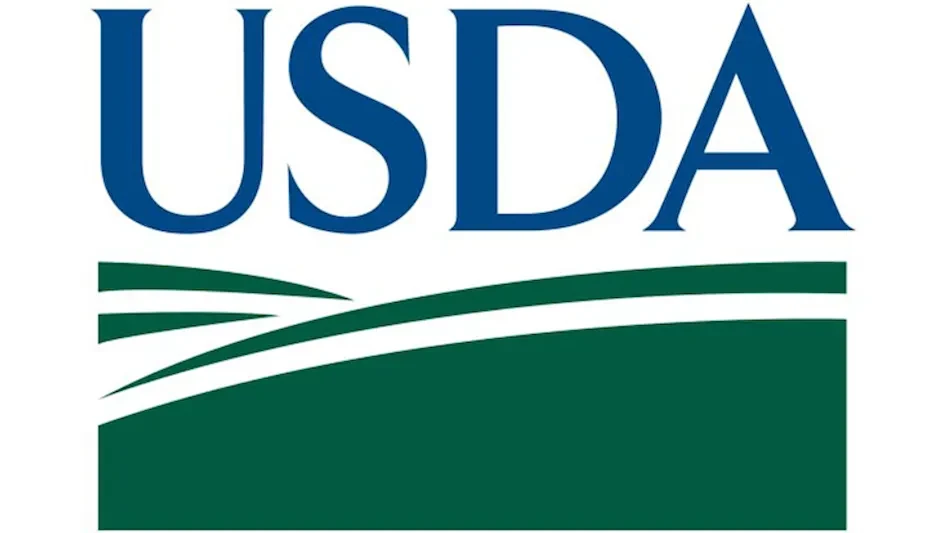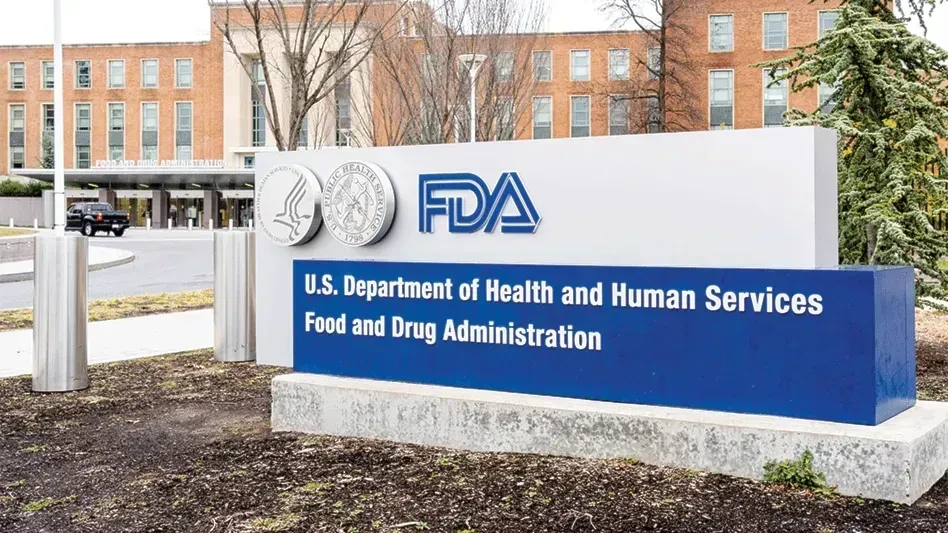Effective pest management is commonly considered the joint responsibility of the food industry client and the contracted pest management company. Recently however, food safety standards and FDA’s proposed regulations of the Food Safety Modernization Act (FSMA) have clearly stated that the food facility is ultimately responsible for an adequate and effective pest management program. Third-party auditing companies and internal auditing programs are focusing more on what the location is doing to specifically prevent pest problems and the documentation of such.
With this defined accountability, the partnership between a food facility and its pest management professional has become increasingly tested when “miracle fixes” sometimes are expected to make up for less successful joint pest prevention efforts.
Before the principles of Integrated Pest Management (IPM) became an industry best practice, people expected a pest control company to end a pest problem with a squirt of some new, better-than-ever pesticide. However, with IPM, the facility personnel, along with the pest management professional, are more focused on pest identification and conditions that encourage pest issues (harborage, food, water). Eliminating these pest-conducive conditions remains critical, leaving pesticide usage as an as-needed, targeted-treatment method.
However, challenges remain. In the last three years, the Environmental Protection Agency (EPA), under pressure from special interest groups, has issued further restrictions on pesticides, such as fumigants, rodenticides, pyrethroids, and neonicotinoids, and their uses. These restrictions remove a number of valuable pest management “treatment tools” from the toolbox to reduce and/or eliminate targeted pest pressure at a site. Arguably, these more stringent rules are making risk reduction of food contamination even more difficult, regardless of the viability of the client-provider partnership.
It remains critical that the food facility must aggressively address sanitation, exclusion, and behavioral actions that put a site at risk for ongoing pest issues. Activities include exclusion of pests,along with prompt, thorough repair of structural issues, inspection of incoming shipments, door management, landscaping, light management, correction of drainage and plumbing issues, deep cleaning, facility maintenance, and waste management. All plant personnel need to be trained on their specific roles in pest management and prevention on an ongoing basis, with individual facility efforts and recommendations supported by their food company’s corporate team.
It’s becoming more and more challenging for pest management professionals to instantly eliminate a pest infestation in a food facility, either with a chemical or IPM solution, if all concerned, from the plant’s line employee to the servicing technician, aren’t doing everything they can to keep pests out.
Thankfully, there are some great new products available to manage Indian meal moths (the most common stored food product pest) and several species of flies (the most dangerous food safety pest). And, many food facilities have embraced their sites’ responsibilities and overall accountability for an adequate and effective pest management program. This is important since the link between pests and food safety is well known, and it’s always been a maxim that an ounce of prevention is better than a pound of cure (or a multi-million dollar product recall).
Top 10 Simple Tips to Improve Your Pest Management Program
10. Shut the door and rescind its open invitation to pests.
9. Monitor and inspect everywhere—why take any chances?
8. Inspect incoming shipments, even from regular, trusted suppliers.
7. Train all employees on how to report seeing or finding a pest.
6. “Bug” clean everywhere. What’s tough to reach for you isn’t so tough for the pests.
5. Prioritize. Fix urgent problems quickly.
4. Incorporate a “zero tolerance” expectation for pests in supplier specifications.
3. Invest in identifying the root cause and solving the pest problem—it’s so much more than “spraying.”
2. Don’t tolerate pest infestations—they are a facility management failure by anyone’s standards.
1. Talk with your IPM professional, frequently and in detail. Communication can make or break any pest management program.

Explore the June 2014 Issue
Check out more from this issue and find your next story to read.
Latest from Quality Assurance & Food Safety
- Ferrero Group Invests $445 Million in Ontario Production Facility
- Nelson-Jameson Announces Grand Opening for Pennsylvania Distribution Center
- Taylor Farms Linked to Romaine E. coli Outbreak as Marler Clark Files Multiple Lawsuits Against Supplier
- IAFNS Announces Winners of Emerging Leader Awards for Food Safety, Nutrition
- FDA Shares Testing Results for PFAS in Bottled Water
- Provision Analytics Adds Food Safety Expert Jennifer Williams to Strategic Advisory Group
- Boston Sword & Tuna Protects Seafood Safety with Mettler-Toledo Metal Detectors
- IFT Releases New Resources to Aid Food and Beverage Industry in Sugar Reduction
